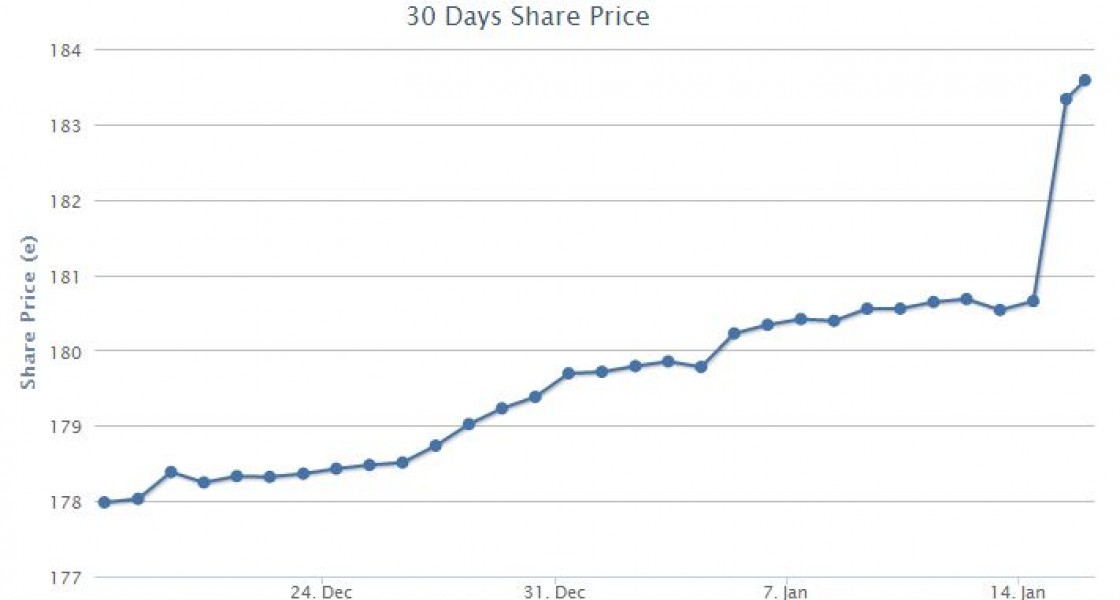If you’re already familiar with Empire Avenue, skip the next couple of paragraphs.
Empire Avenue is a social stock market game that yields real business benefits. People (and businesses) buy and sell “stock” in other people and businesses, and those stocks pay dividends based on the social media activity of the person or business. It’s great for several reasons: first of all, it encourages people to be really, truly active and engaged in their other social media channels, not just in the game. As a result, the people who play it become more influential in social media.
Of course, there’s the benefit of social interaction with the other players, but the real payoff comes in missions, in which you can use the in-game currency (“Eaves”) as a reward for social actions — likes, tweets, comments, YouTube views, and so on. It does require some initial investment, but there’s a model of significantly increasing returns. Social media moguls like Chris Pirillo, Kim Garst and Chris Voss are using it to boost their social activity. It’s also become popular with several network marketing leaders, including Art Jonak, Randy Gage, Eric Worre and Orrin Woodward, just to name a few. I’ve been using Empire Avenue for both myself and my clients for about a year-and-a-half, and it’s one of my best, if not particularly well-kept, secrets.
I’m always looking for ways to optimize my Empire Avenue strategy, and this week I had a major breakthrough, based entirely on a shift in buying strategy. My investing strategy that I’ve worked out is to invest in a mix of stocks based on 3 main criteria:
- High-yield
- Promising newcomers (because you can buy them cheap)
- Buying back stocks of those who have invested in me (encourages them to hold your stock)
This week, I tried something different: I invested in stocks I didn’t previously own, and that hadn’t invested in me, based primarily on two factors only: their average shares held and that they’ve been recently active on Empire Avenue.
The results?
My account:
Client 1:
Client 2:
To be clear — this was based on my normal daily buying volume, not a big spend saved up over several days. I also didn’t ask for them to reciprocate — they just did automatically.
You’ll notice that in the last one, the impact isn’t as dramatic — as you can see, though, it also had a significantly higher growth trajectory already.
If you want to give it a try, I use insideEAv for my portfolio management. Once you’re registered, you can use this query as a start. You should just need to set how much you want to invest and run the buy. If you try it, let me know your results.
P.S. – I’m not going to completely drop my other buying strategies, because they all serve their purpose, but I will be allocating a lot more of my funds to this strategy.











The possibilities for strategizing are endless Scott. So much fun
Hi Scott, what numbers are you looking for in the average shares held? I noticed “Client 1&2” on the bottom screenprints. Do you actually have clients for Empire Avenue?
I use that as the sort field — so far, it’s been like 800+. I figure anything above 200 is good…someone who’s made it to an upgrade and is maxing in a lot of their investments.
I don’t have clients “for” Empire Avenue, I use Empire Avenue “for” clients, for whom my company does social media management.
I’m using this technique now. It’s a great way to increase your portfolio, dividends, and ROI. We’ll see what the future holds for the time being.
I adore Empire Avenue, it is fun and gets you to meet loads of great people who are truly social. Glad your new strategy is working out for you.
Wow! Awesome results Scott!
I´ll give it a try.
Thank you for sharing.
Cool strategy. For the moment, I’m prioritising dividend growth over the share price growth — I want to keep a healthy ratio between the two. I’m actually a little scared to end up with a high share price that isn’t matched with high dividends, would feel like an impending train crash to me…
At any rate, will try your strategy out in today’s investment round 🙂
Your share price will stabilize at a natural growth rate. Thing is, remember that you get cash from people buying your stock…far better than what you make off of dividends. I’ve always known that investing in people who would max in you was a good strategy — I just didn’t have a way to be systematic about it ’til now.